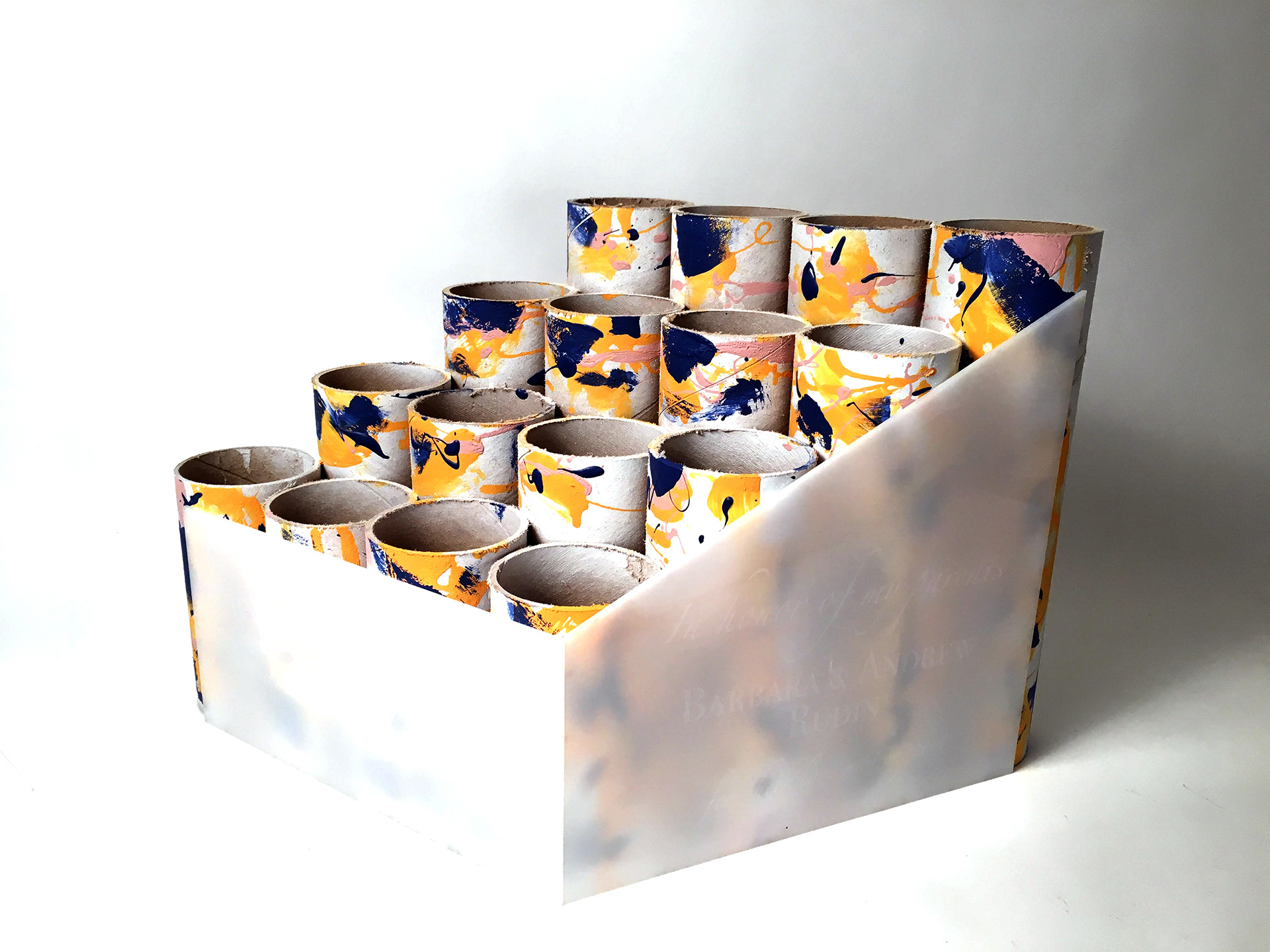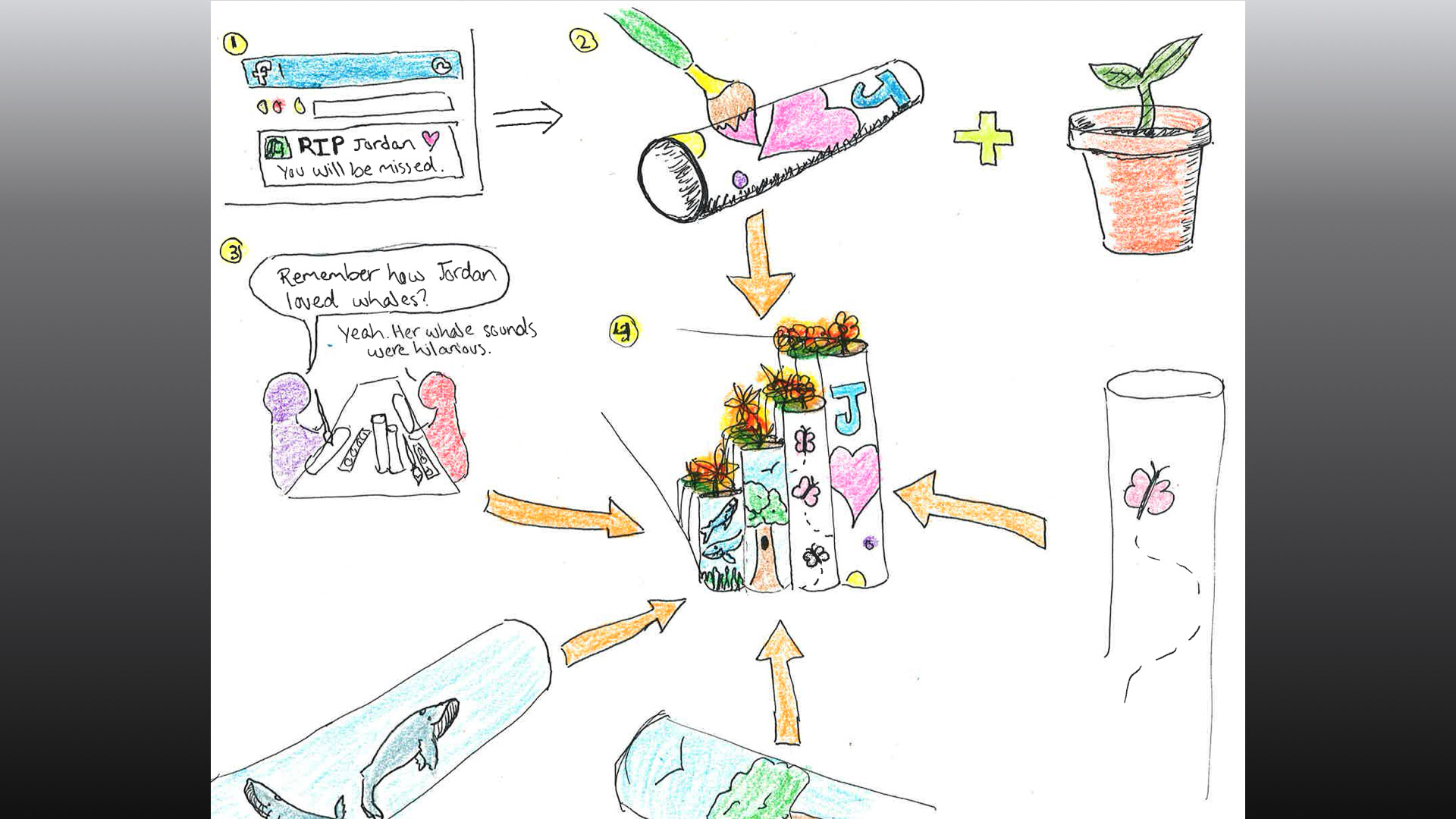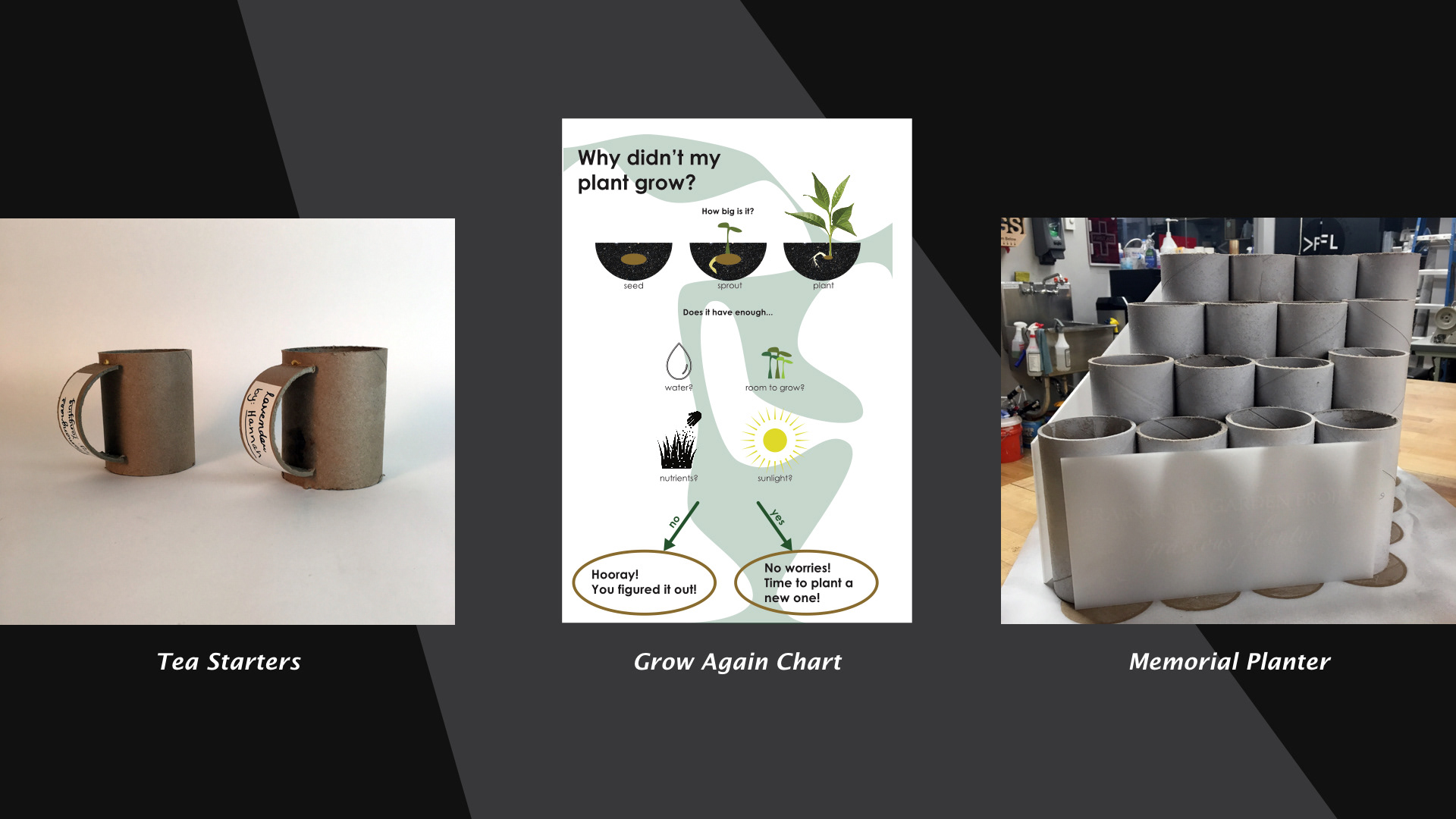These Memorial Planters enable people who have lost loved ones to make a commitment to life while honouring death. The planters are perfectly sized for kitchen herbs or other small indoor plants, allowing it to serve as a personal reminder for anyone affected by the loss without restriction of geographic location or relationship to the deceased.
Background
This project was strongly influenced by the loss of my friend Jay in October, just before our class retreat. I can’t say if her death was caused by mental illness – it hasn’t felt right to ask – but my friends and I pooled money to send flowers and plants to her family in Houston. During our first class meeting, I suddenly felt the urge to write down all of the names of the people I’ve known (well enough to experience grief) who have committed suicide or passed away due to other causes in the past four years. There were seven names on that list, including Jay. Next to it, I wrote the names of people with whom I have been close whose mental health experiences have had a strong affect on some part of my life, but who have not passed away. This list was slightly longer, with nine names. I was struck by this strong, confusing wave of sadness. For all of the lives, I hadn’t known how to truly help. For all of the deaths, I hadn’t known how to grieve.
This item would be sold on the Brainfood Garden Project (BGP) fundraising page. Hopefully, people experiencing loss, particularly loss due to suicide, would be able to find this planter and purchase it both for them and to support a cause related to the deceased (BGP). For those in my life who have passed away, it has generally been possible to send money to the family of the deceased, or buy flowers for the funeral; but what can we do for each other, or ourselves? It is my hope that this planter would feel accessible for people who were not close to the family of the deceased, but who still need to grieve and remember… because grief and memory are important parts of the healing process.
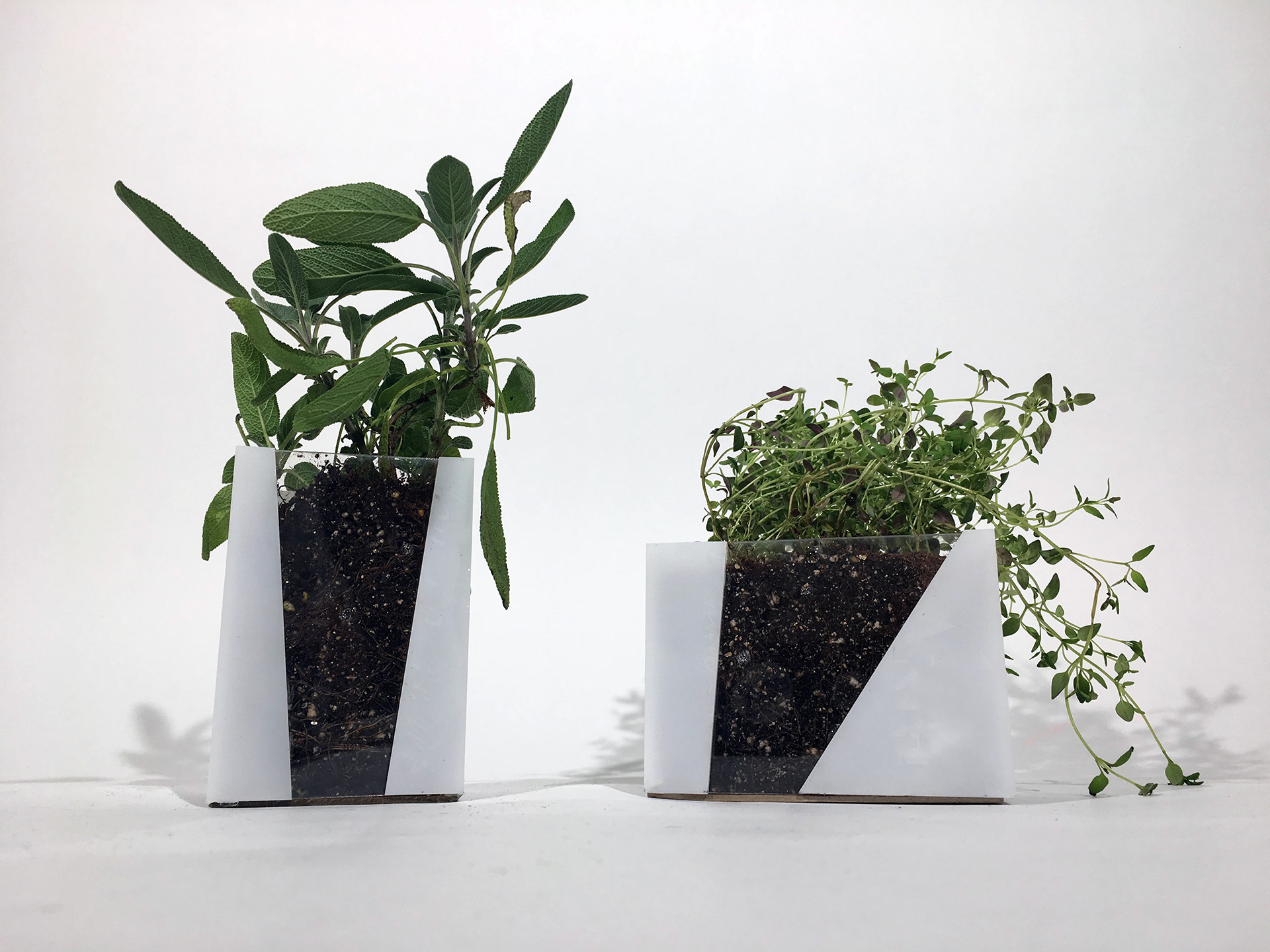
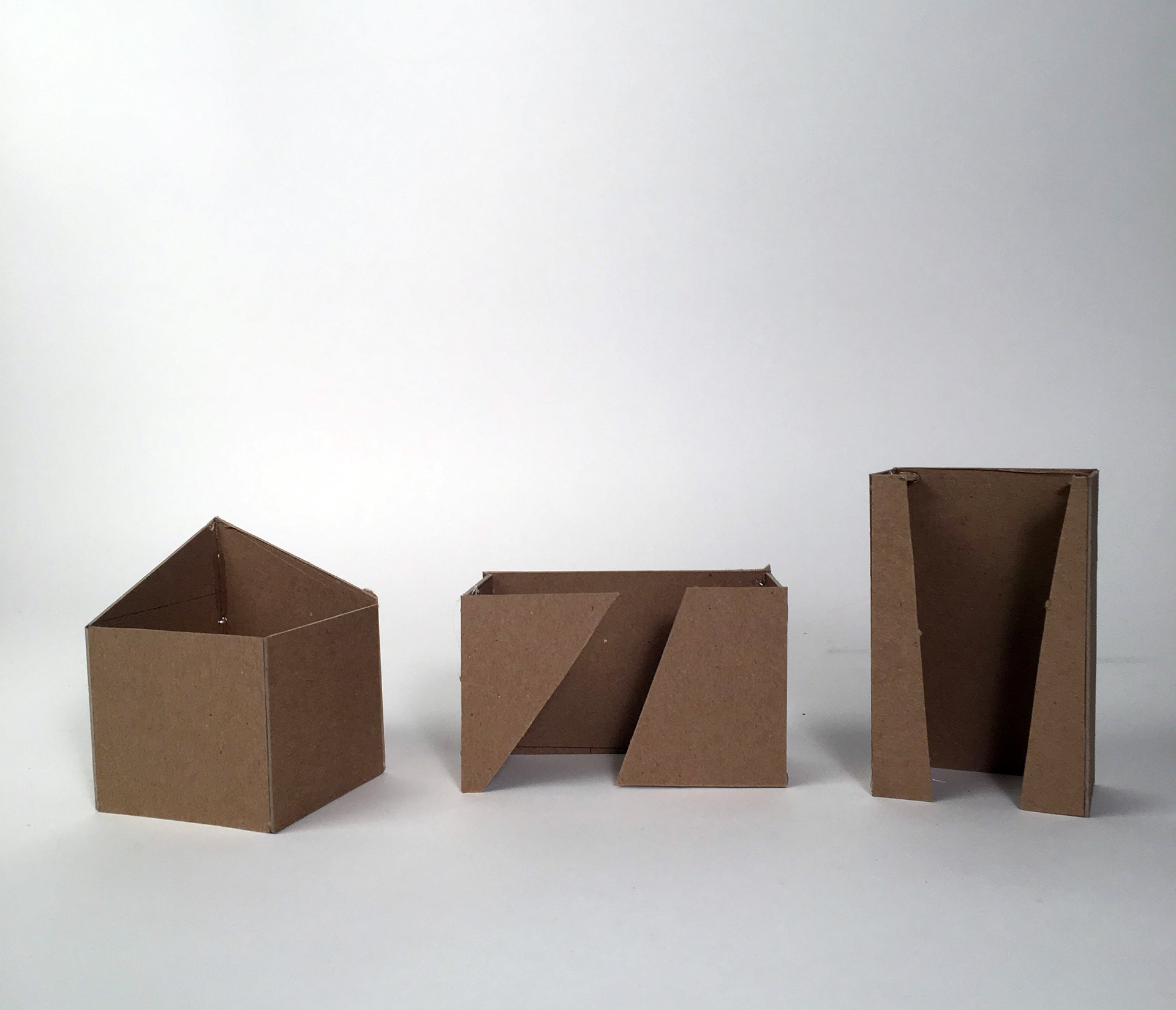
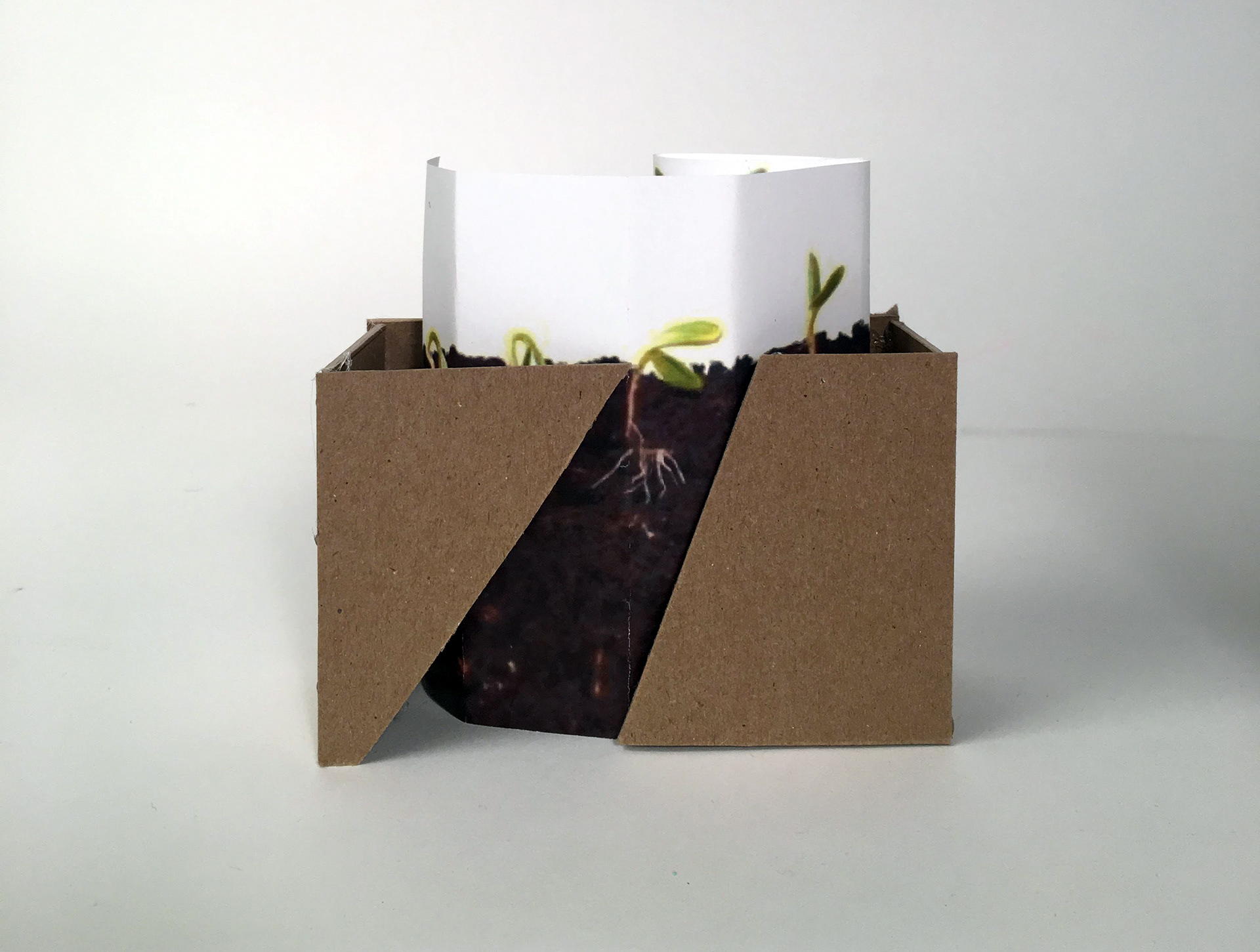
Process
I began this project by diverging greatly and coming up with three wildly different concepts: a tea mug-shaped tea plant starter, an anti-failure gardening infographic, and a memorial planter. Based on the feedback from that class, I chose to move forward with the memorial planter. I did a lot of research into death and the customs around it, as well as suicide, grief, and healing; this led me to the hypothesis that grief and healing are made easier through sharing.
I made a new story for the memorial planter, which involved multiple people familiar with the deceased getting together to decorate and assemble the planter – like a grief workshop combined with art therapy plus gardening plus community. However, at the end of this iteration, I was not sure if what I had created was a product, or not. I chose to carry the communal healing aspect forward to design a modular planter building block that would allow Brainfood Garden Project (BGP) to easily construct custom, 3-dimensional, communal gardens in locations like rooftops, without using tools or materials that are banned from psychiatric wards. I wanted to design a system around it that would extend this communal gardening/communal healing ethos into post-hospital care, as well.
However, Sean told me at the end of that class that he did not understand my new direction. He liked the memorial planter concept as an item he could sell on the future BGP fundraising page. Though I felt conflicted about this, I chose to accept that Sean was the client and that people would still benefit from access to this different memorial planter concept.
For the final iteration of the project, I did a number of concept sketches, followed by some chipboard mockups of the best sketches, and then chose to laser cut and construct all three of those models out of acrylic. To complete the project, I filled the planters with kitchen herbs (thyme, sage, and cilantro) and Photoshopped an etching on to the clear window of one of the planters.

